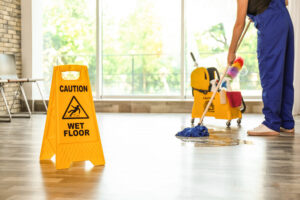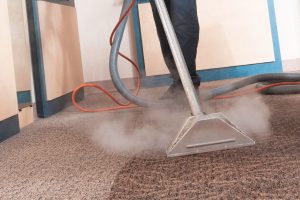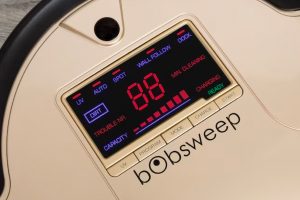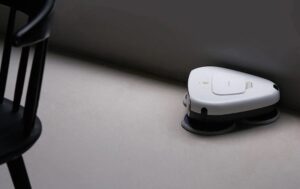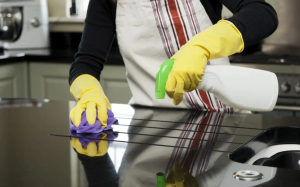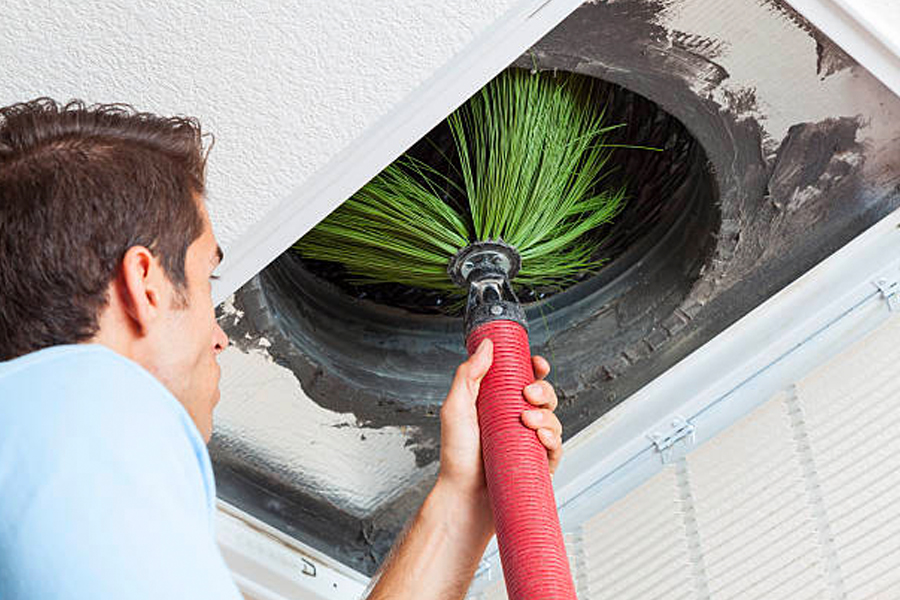
For most people on the First Coast, having a clean and healthy house is a top priority. Even a seasoned housekeeper like Martha Stewart might be astonished by the quantity of grime and dust that can be found in ductwork. The average American home generates up to 40 pounds of dust each year as a result of normal daily activities. Dust and other impurities can build up in the HVAC system’s ductwork if they don’t clean them regularly. This can have a significant impact on the health and comfort of their family.
Ductwork sends cooled or heated air into living spaces and takes in stale air for re-conditioning, effectively acting as the home’s lungs. Under pressure, the system maintains a delicate balance between the delivery and return channels. This pressurized system can be disrupted by filth, grime, and dust, resulting in insufficient ventilation and reduced comfort. It’s necessary to connect Duct Cleaners when someone finds out the following symptoms of ductwork issues:
- Inconsistent temperatures in some of their home’s rooms.
- Rooms that are stuffy or damp and never seem comfortable.
- Heating and cooling systems that cycle on and off more frequently and for longer periods.
- Monthly energy bills are rising, as are HVAC-related costs.
Several studies have found that indoor air is frequently more contaminated than outdoor air. Headaches, dry eyes, nasal congestion, and weariness are just a few of the health problems caused by poor indoor air quality. In addition, indoor pollution aggravates medical disorders such as asthma and allergies. Long-term pollutant exposure has been related to major diseases such as lung cancer. Eliminating allergens and pollutants from the ductwork is a cost-effective solution for people to protect their family’s health.
When it comes to the investment people have made in their comfort, duct cleaning allows HVAC systems to operate more efficiently and last longer. The ductwork that is dirty, on the other hand, leads to a loss of efficiency and performance.
- Airborne contaminants infiltrate ducts and deposit on crucial components, causing system wear and tear.
- Damaged and unclean parts make HVAC systems operate longer, allowing more contaminants to enter the ducting.
- Increased HVAC usage exacerbates the issues, resulting in costly repairs and premature replacements that could have been avoided.

